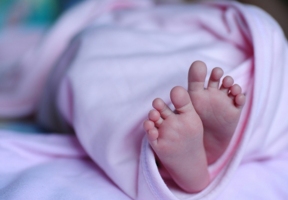
The Illinois Department of Public Health (IDPH) released a new report on infant mortality that shows the statewide rate decreased to 5.6 deaths per 1,000 live births in 2021, the most recent full year of data, compared to 6.5 per 1,000 in 2018. However, the report released during Infant Mortality Awareness Month also documents the historic racial disparities that have persisted nationally in the area of infant health. Governor JB Pritzker has made it a priority to address these disparities and included more than $23 million in the current state budget to improve birth outcomes. The Illinois infant mortality rate of 5.6 is slightly above the national rate of 5.4. The state has signed on to the national Healthy People 2030 framework established by the U.S. Department of Health and Human Services which sets a goal for all states to reach a rate of 5.0 or lower by the year 2030. Among the key findings are the following:
• The leading causes of infant death in Illinois are effects of prematurity and fetal malnutrition, birth defects, sudden unexpected infant death (SUID), and pregnancy/ delivery complications. These conditions account for almost 70% of infant deaths.
• In Illinois, the infant mortality rate among infants born to non-Hispanic Black women is nearly three times that of infants born to White, Hispanic, and Asian women.
• If the fetal and infant mortality rate among infants born to non-Hispanic Black women was reduced to rates among infants born to low-risk White women, 204 Black fetal and infant deaths would be prevented each year.
The Governor’s Birth Equity Initiative invested approximately $23 million to address the historic racial disparities in birth outcomes through a variety of measures, including the creation of a statewide strategic plan.










